This little guide gives you some information and help when deciding on a new fence.
also known as feather edge fencing, is a type of fencing
characterized by its closely spaced vertical wooden boards that are
attached to horizontal(Arris) rails.
Closeboarding fencing can be installed using either wooden or concrete posts and the same with gravel boards.
Wooden posts provide a classic and natural look that blends seamlessly
with the closeboarding fence, especially if you prefer a rustic or
traditional look for your property.
Concrete posts are exceptionally durable and can withstand harsh weather
conditions, making them a long-lasting option for closeboarding fences.
Another extra edition to add is the,
Top capping rail,
a top cap on closeboarding serves as a finishing touch that not only
enhances the appearance of the fence but also provides functional
benefits such as weather protection, increased longevity, and reduced
maintenance. It's a valuable addition to consider for your closeboard
fence.
Ideal for front, and back side fencing and sloping gardens, from 3ft to 6'5ft
high.
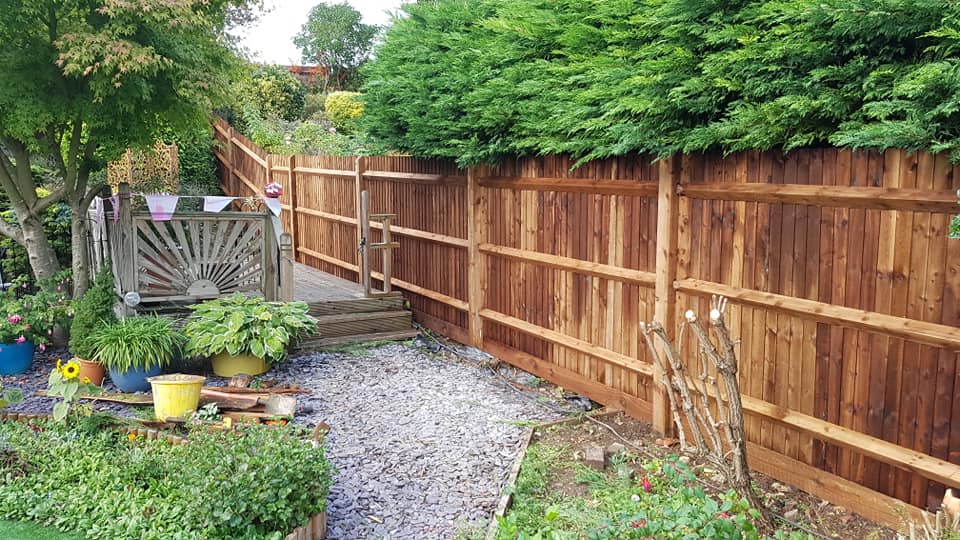
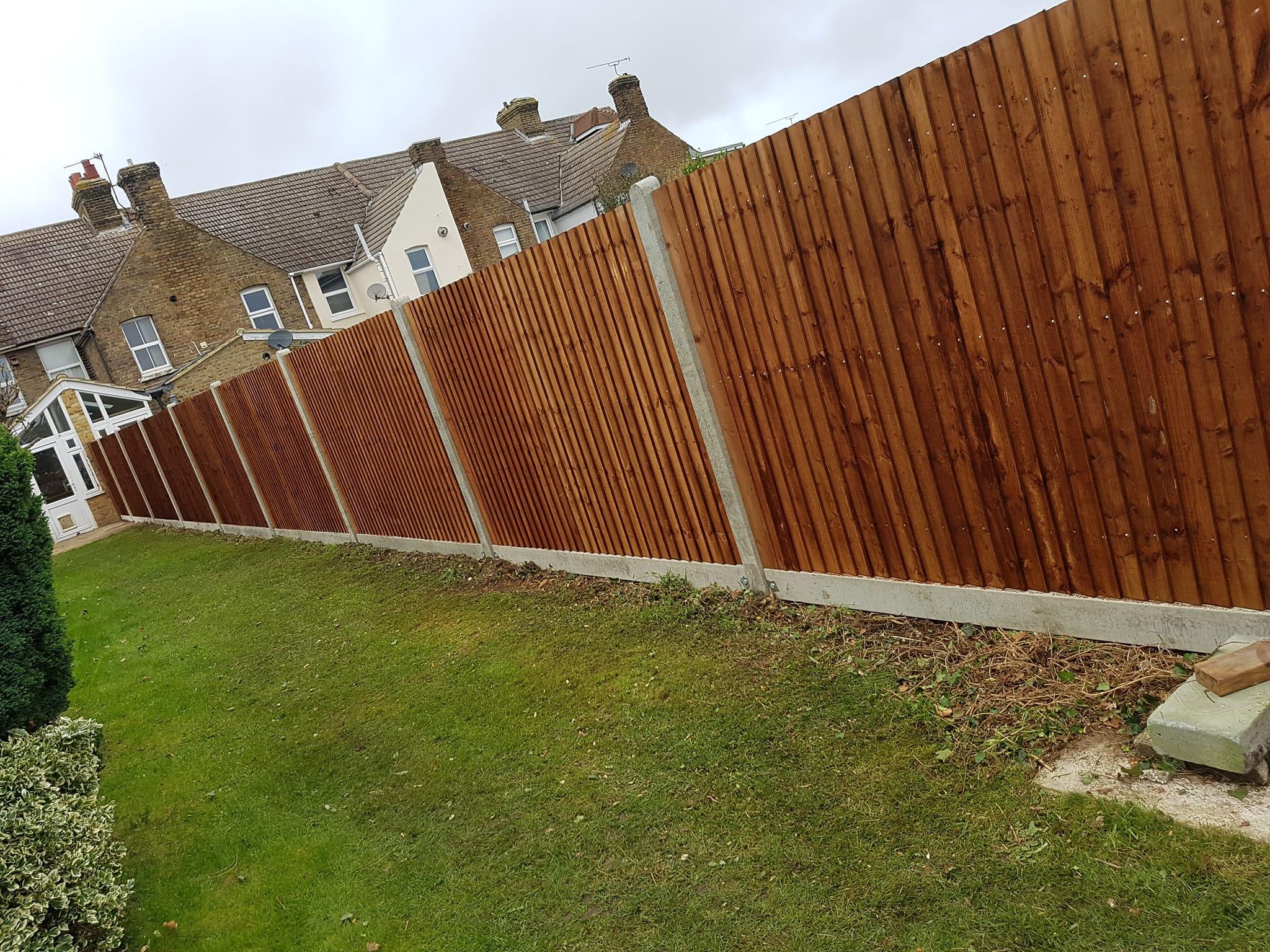
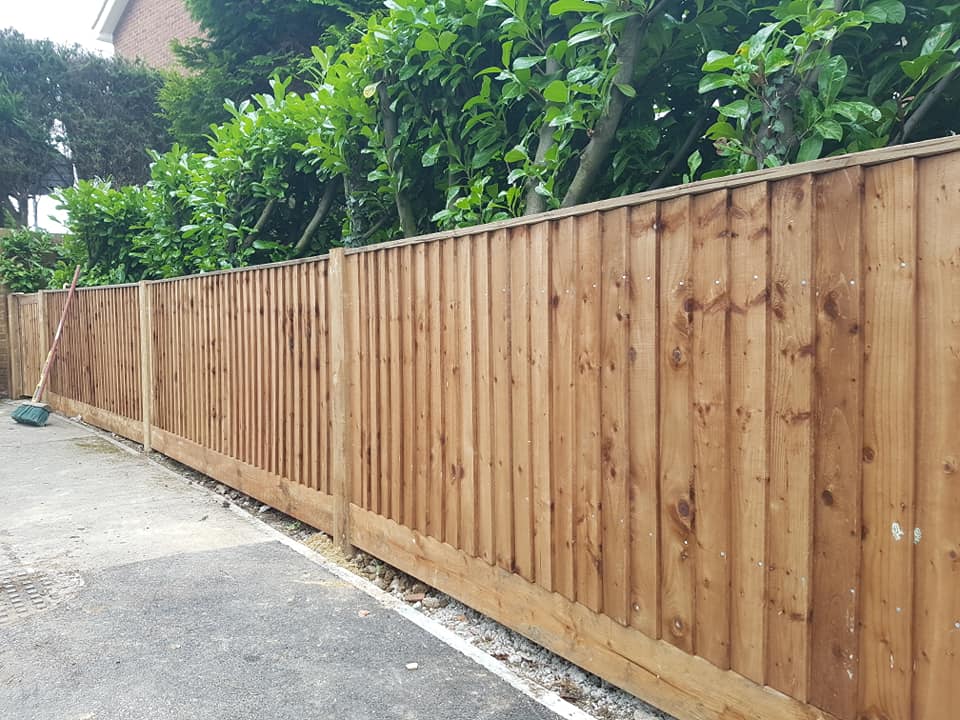
3-Foot Panels:
4-Foot Panels:
5-Foot Panels:
5.6-Foot Panels (5'6ft): (Only in Closeboard panels)
6-Foot Panels:
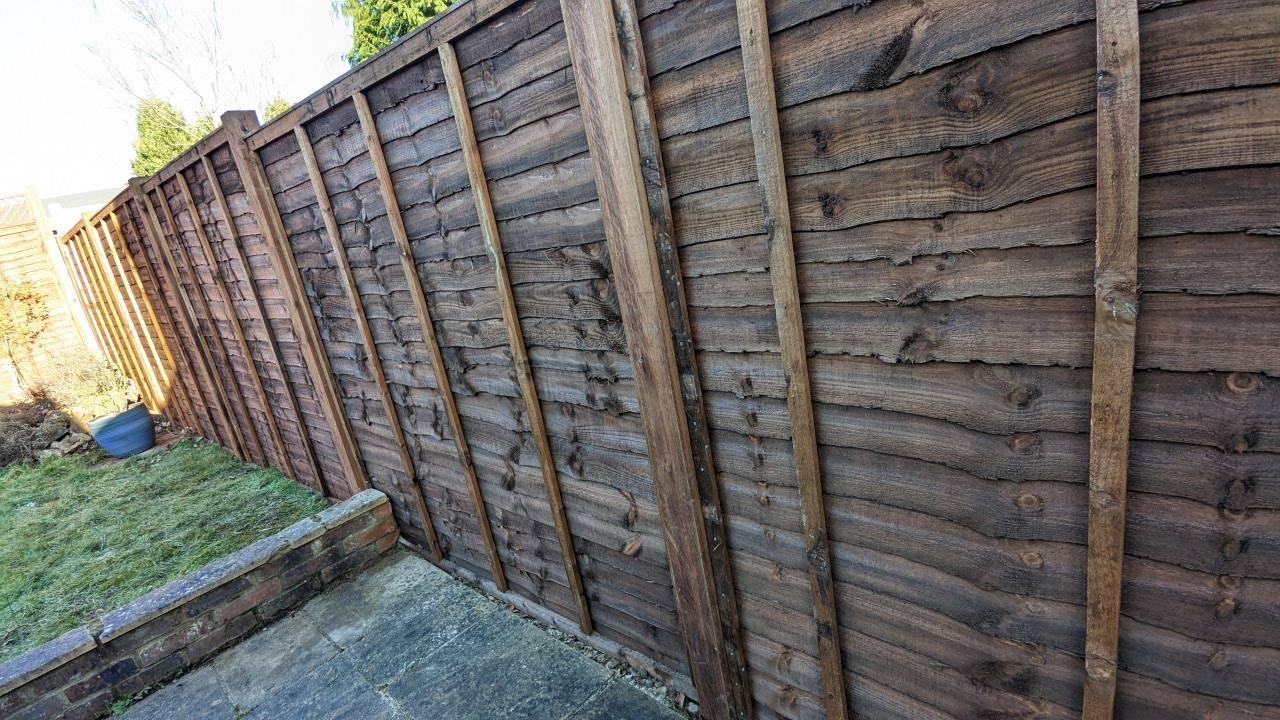
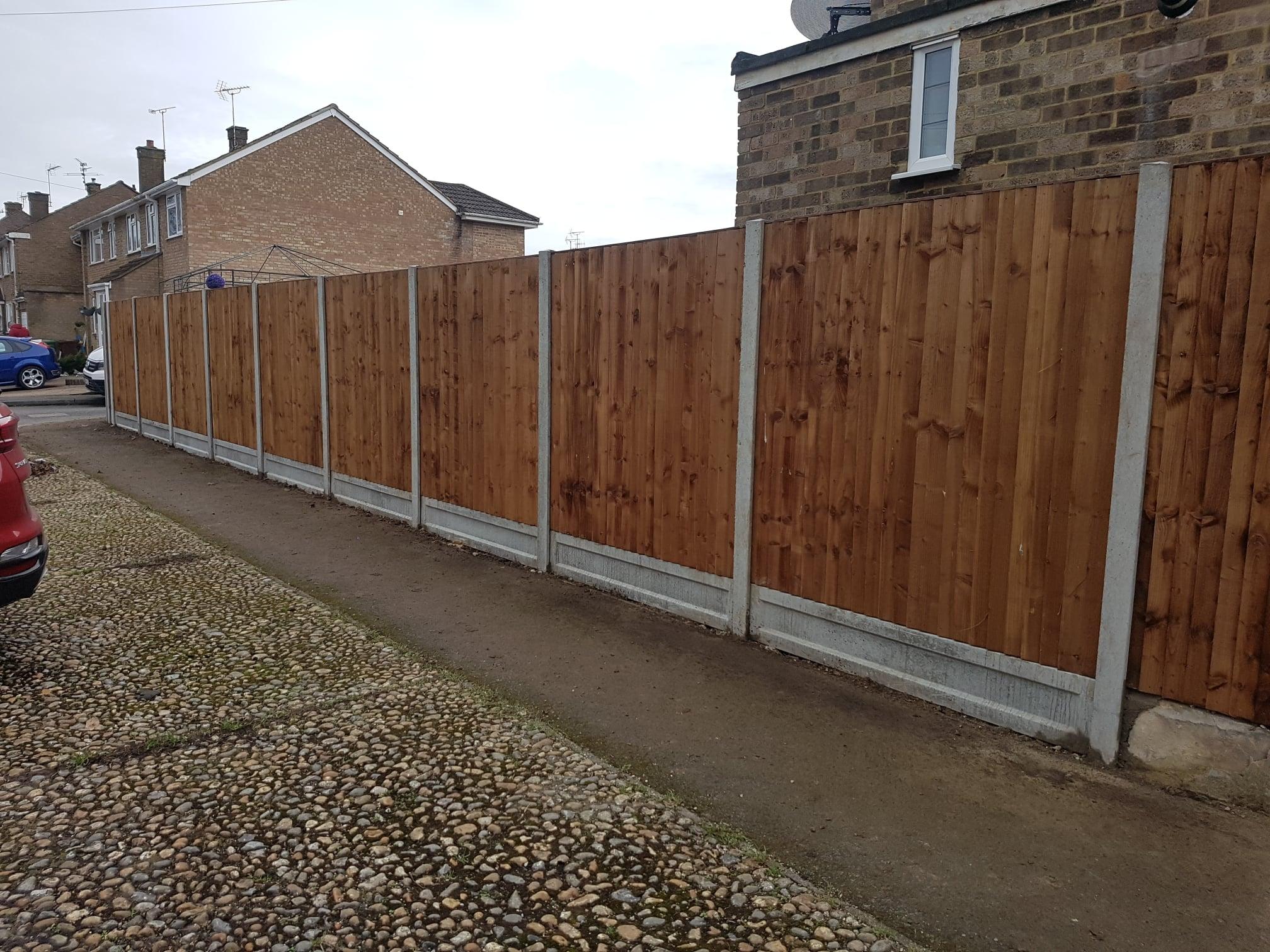
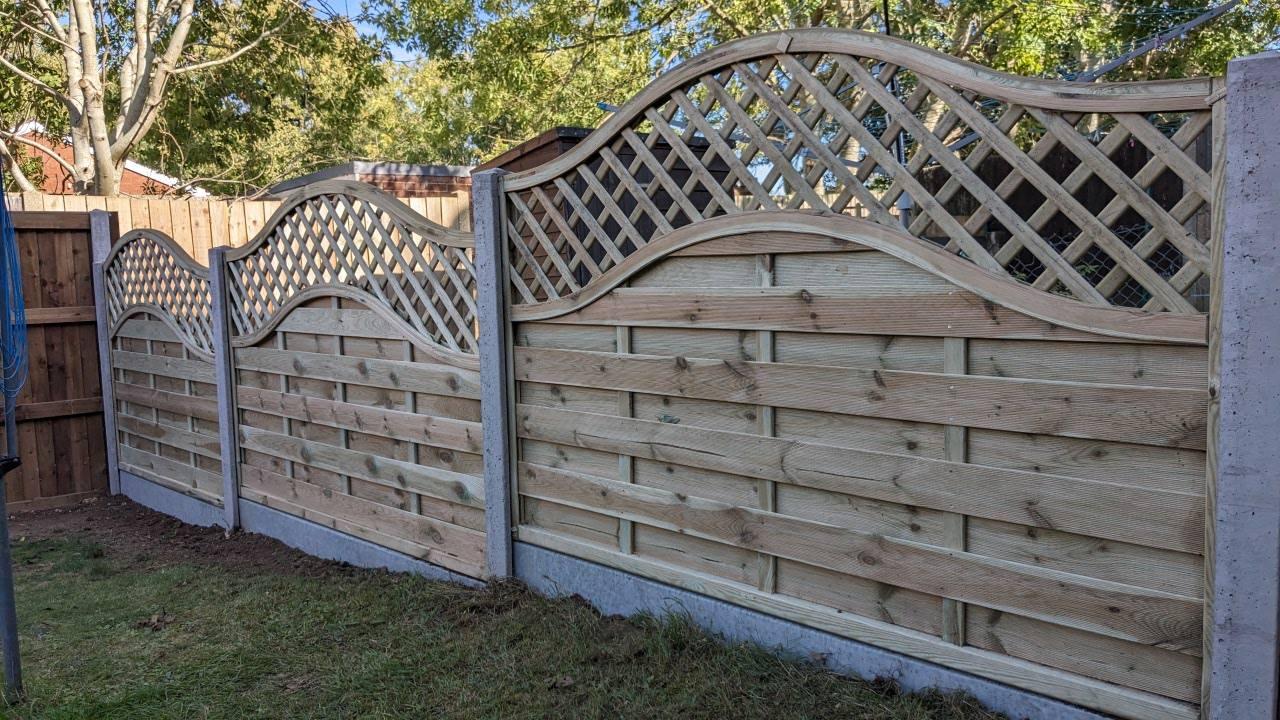
with various top styles, such as flat top, round top, or pointed top, can be an excellent choice for a front fence or for creating a secure area for your pets. Each of these top styles has its unique characteristics and advantages:
Flat Top Picket Fencing:
Round Top Picket Fencing:
Pointed Top Picket Fencing:


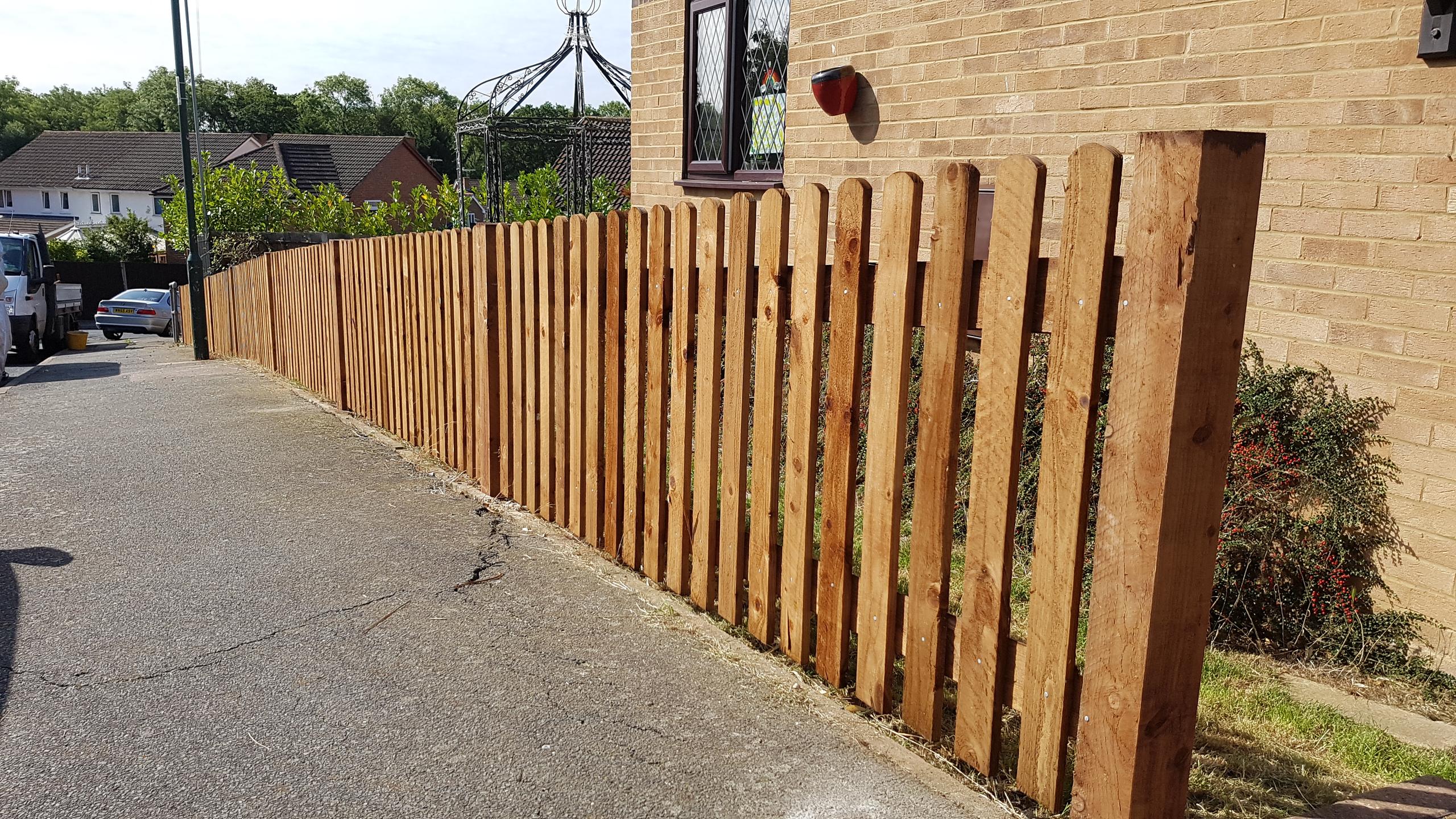
whether used on its own or as an addition on top of a fence, can be a versatile and attractive feature in your garden or landscape. Here are some ways trellis can be used:
1. Standalone Trellis:
2. Trellis on Top of a Fence:
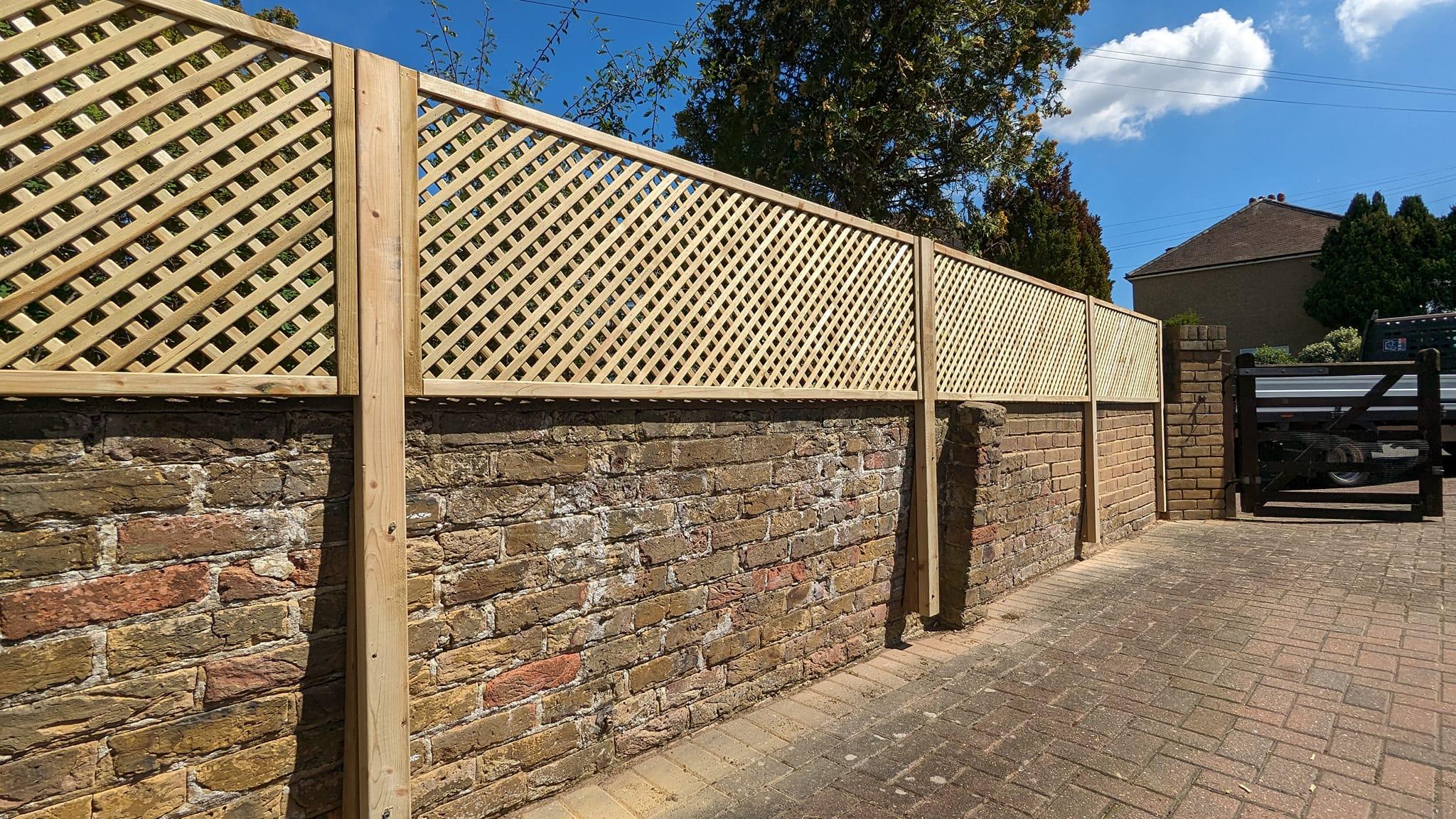
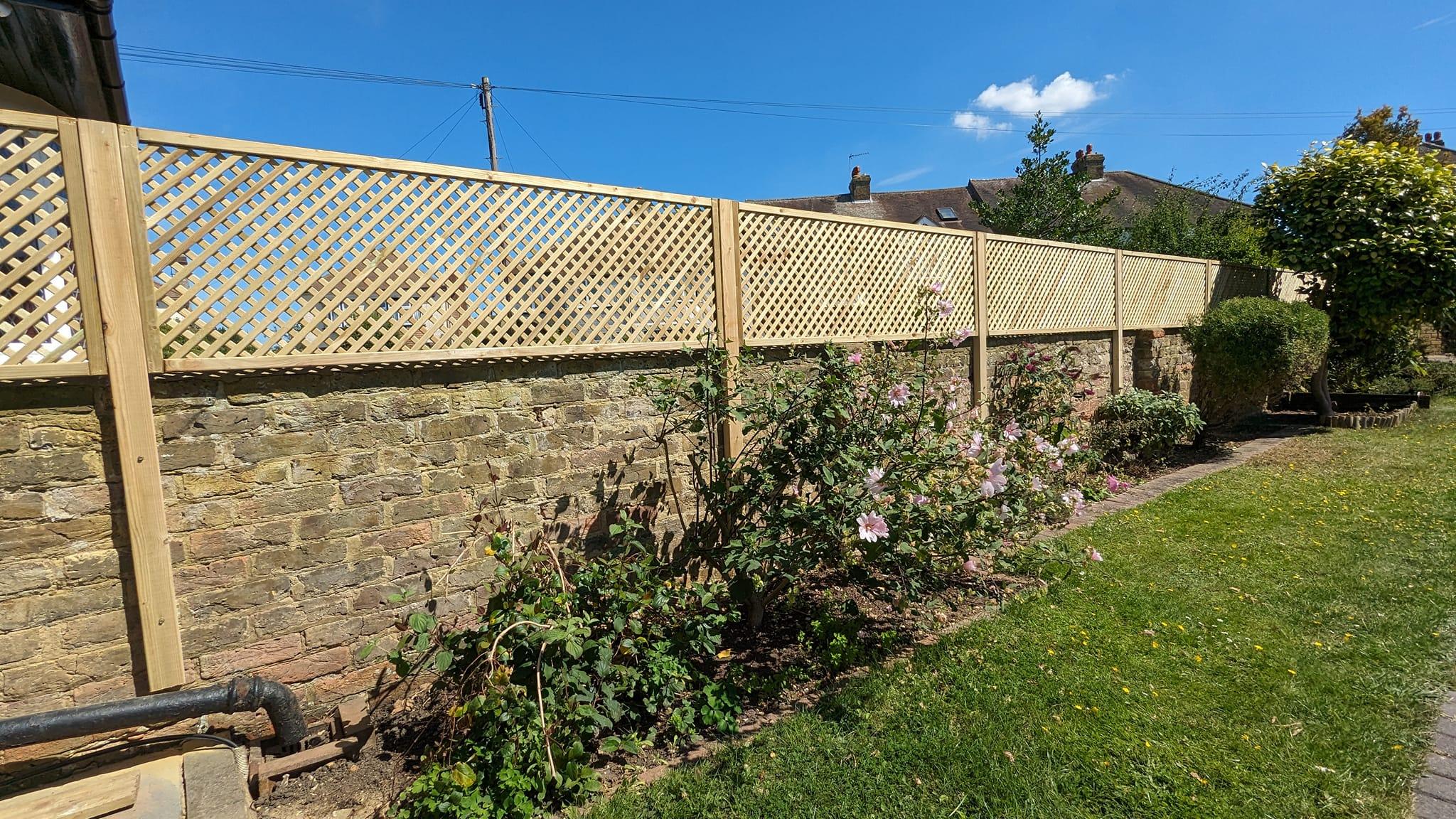
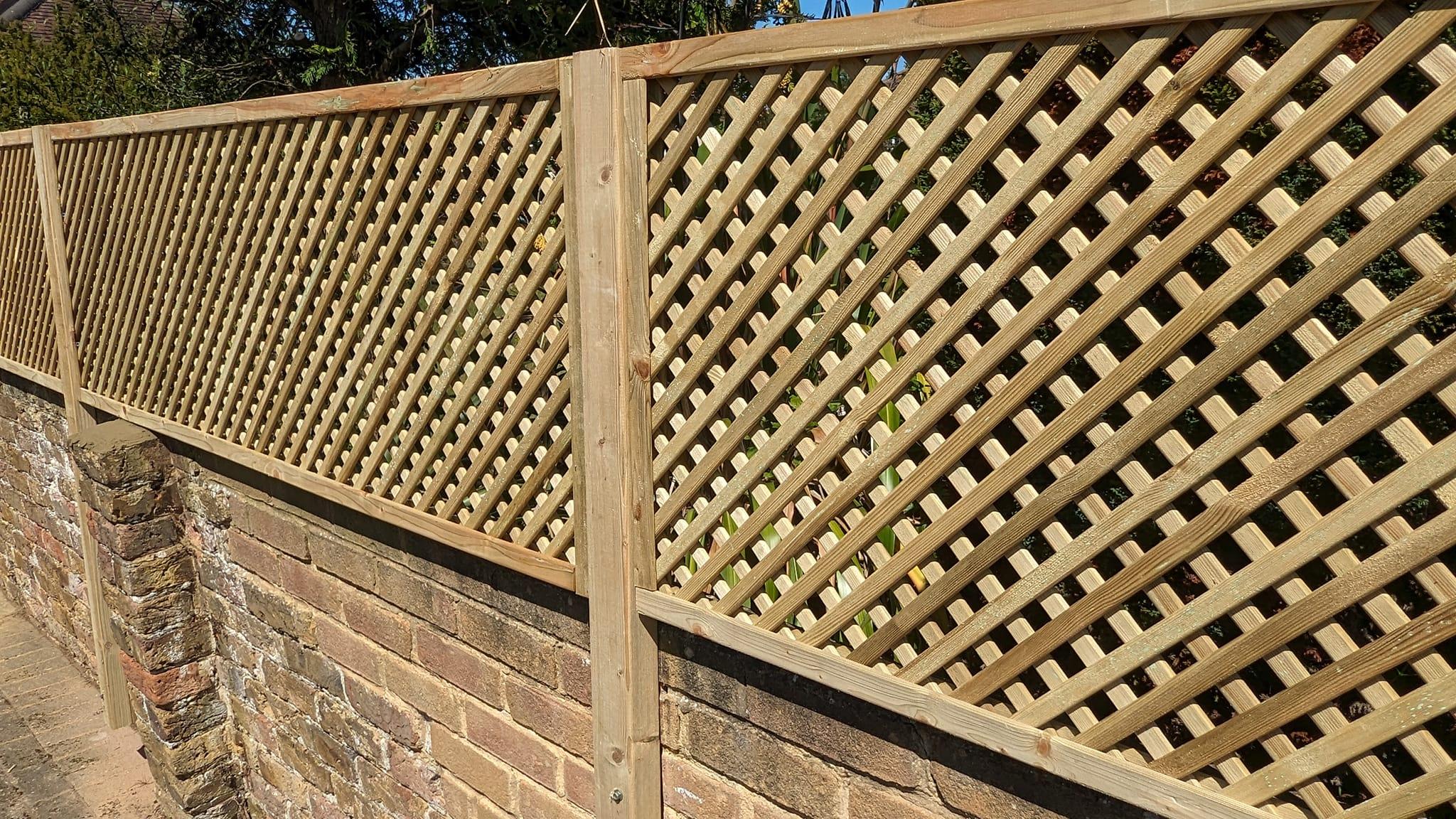
Gates come in a variety of styles and sizes to suit different needs and applications, gates we install
Back Gate (Single Gate):
Double Gates:
5-Bar Gates:
Small Front Gates (Front Gate):

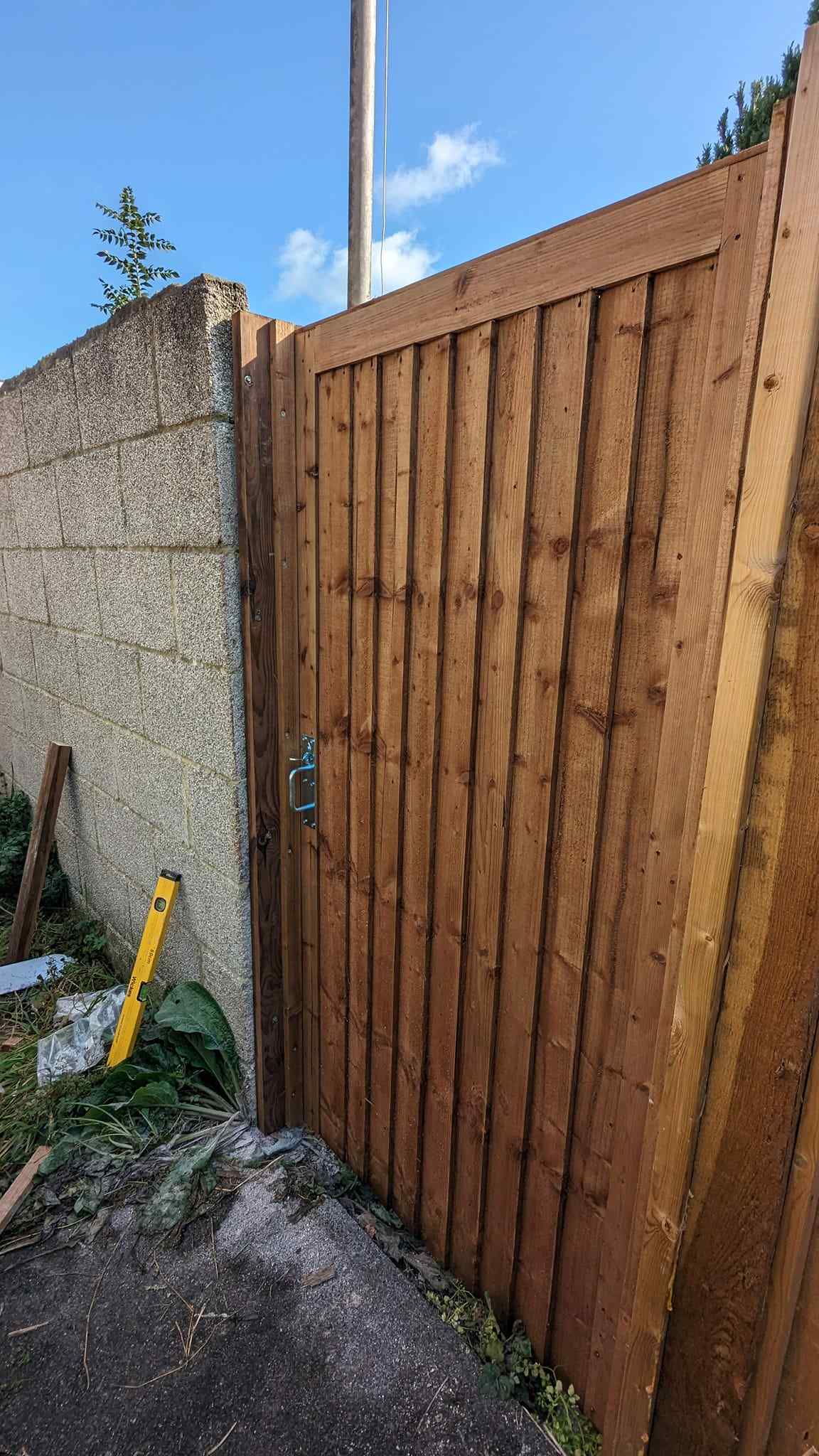
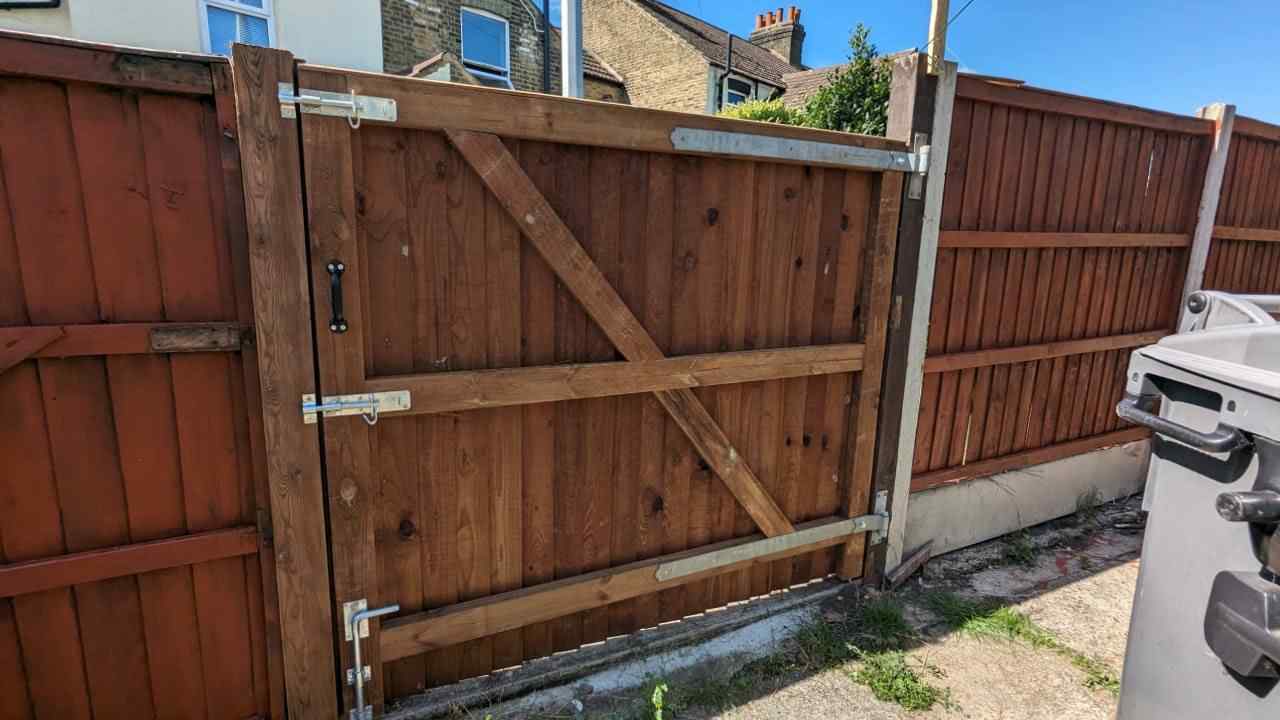
Fencing repairs are essential for maintaining the functionality and appearance of your fencing. Depending on the extent of the damage or wear, various repair methods can be employed by us.
Posts Replacement:
Concrete Spurs:
Panels and Boards Replacement:
Fixing Loose Fixtures:
Straightening Leaning Fences:
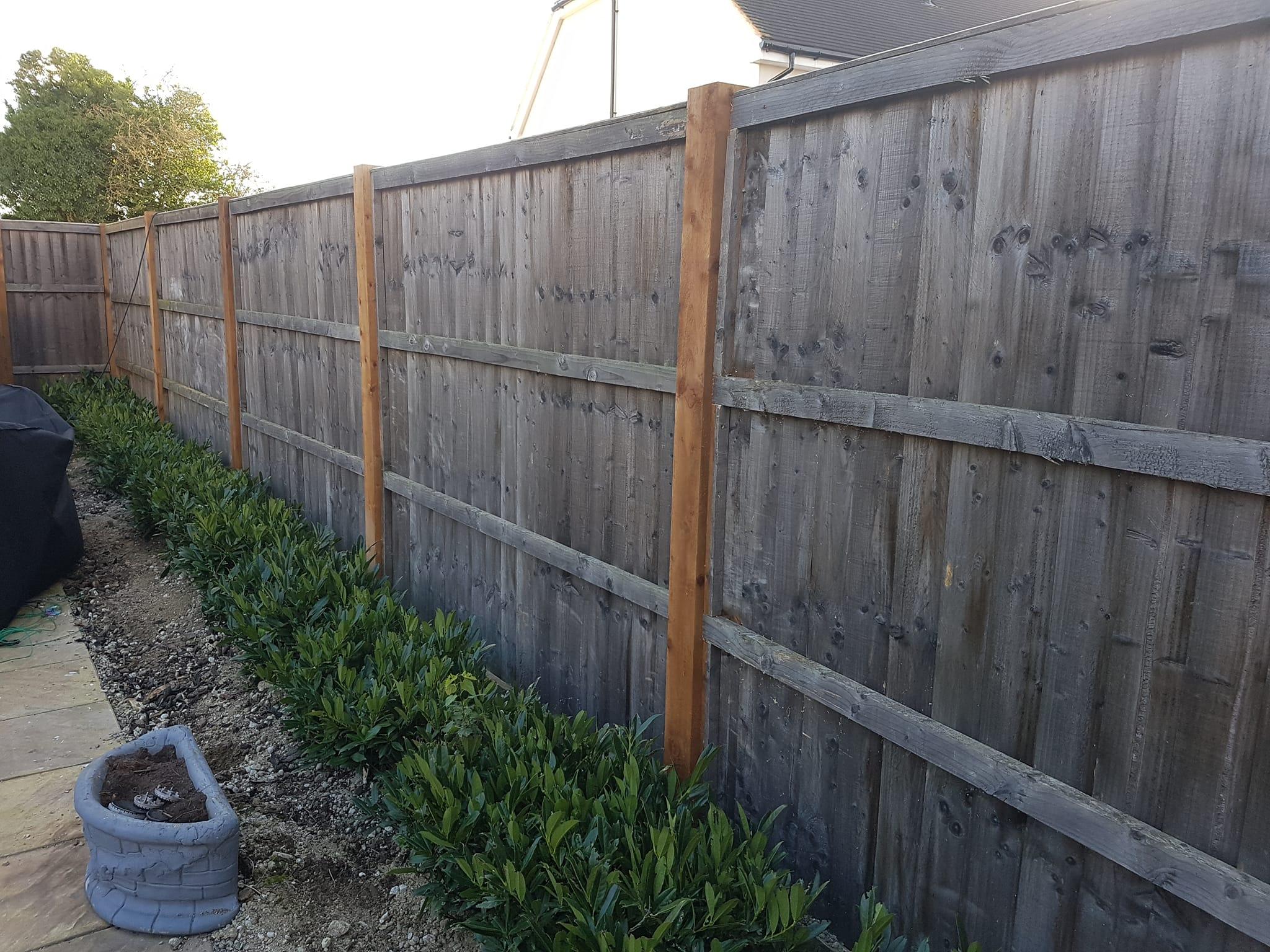
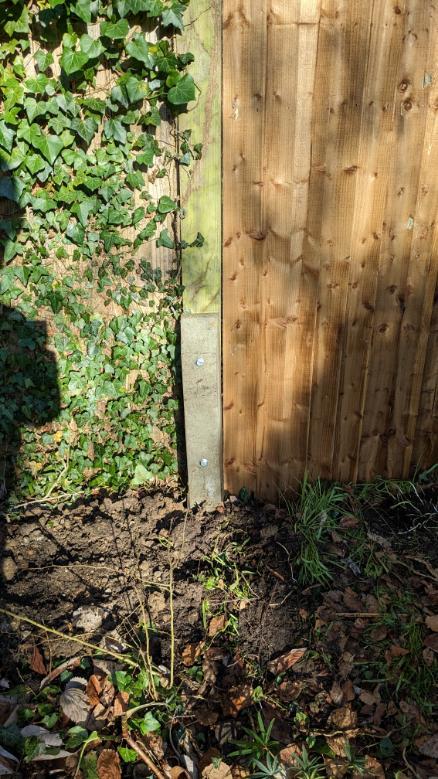

I hope this guide proves helpful whenever you require a new fence installation, whether it's with our us or another provider. But hey, we're here for you!
If you need further information or guidance on anything related to fencing, please don't hesitate to reach out. We offer installation and repair services in Medway, Strood, Rainham, Gillingham, Chatham, Gravesend, Maidstone, Sittingbourne and beyond.
Feel free to contact me with any additional questions or for more details about our fencing services.
Warm regards, Dave
239 Lordswood lane
Chatham
Kent
ME5 8JU
United Kingdom
239 Lordswood lane
Chatham
Kent
ME5 8JU
United Kingdom